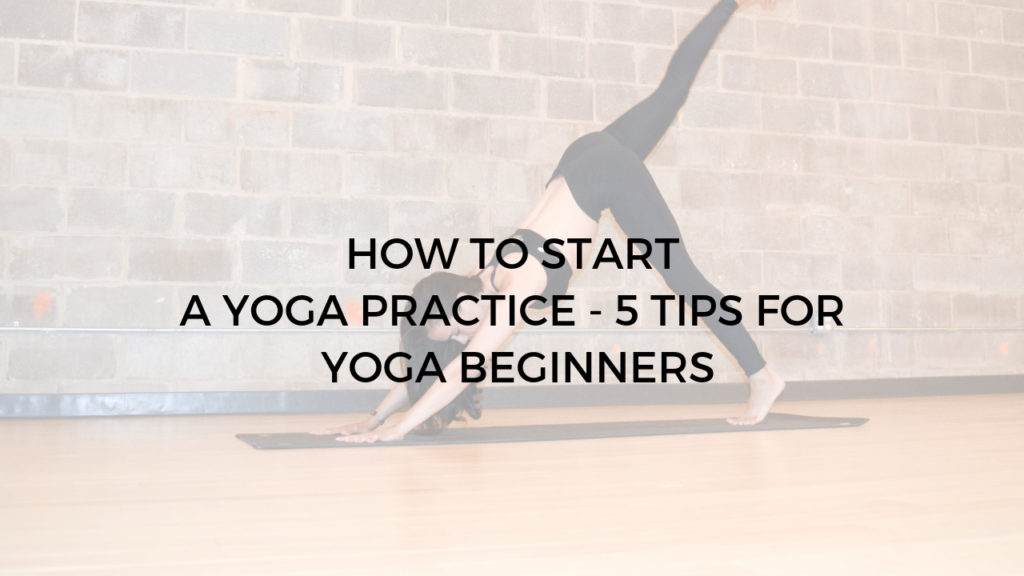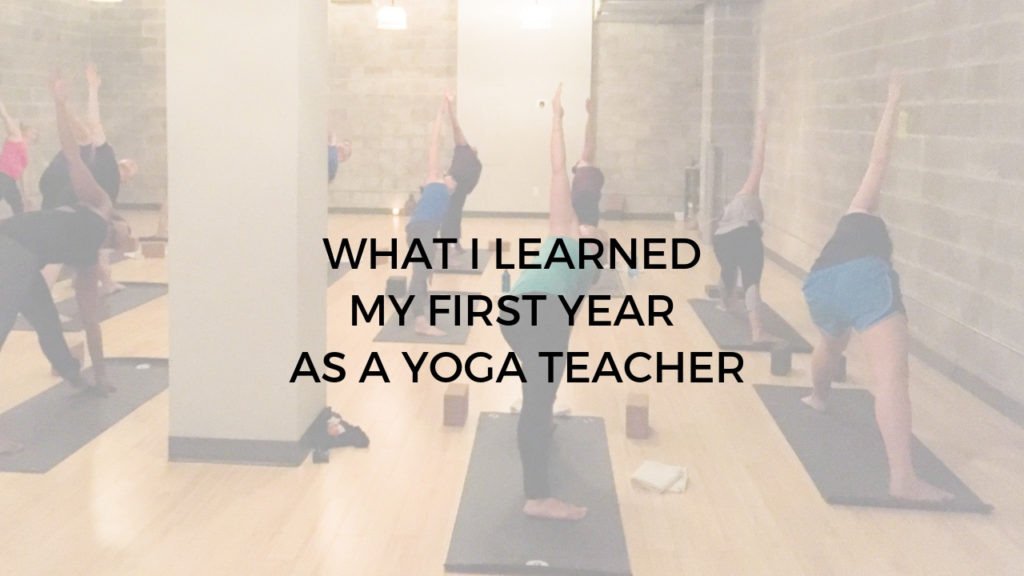Have you ever sat in meditation (or layed down to rest) only to be distracted by every little sound, every little smell, every little itch, a piece of hair (or wind) on your face, stuff you see when you blink your eyes open for half a sec…?
Seriously, if the answer is yes then welcome to the club. You’re not alone.
You’re basically a human being experiencing the world through your senses. You know, stuff we do EVERY single day.
The thing is…
Your senses can be VERY distracting when you’re trying to meditate, or do anything that requires concentration for that matter.
I mean, it’s actually THE hardest thing to overcome when you’re trying to concentrate (more on this next week).
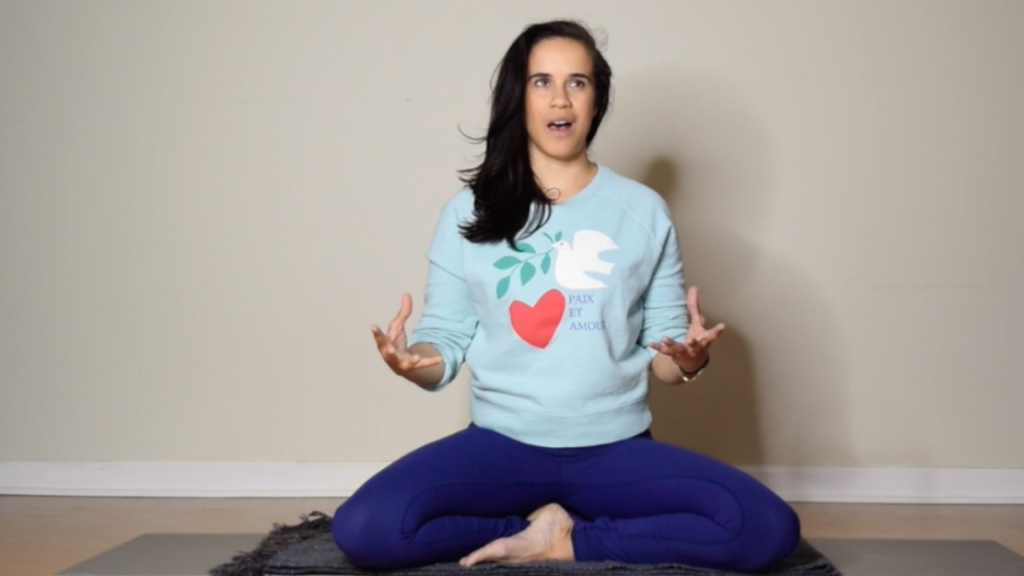
Unless of course you can find a place that’s 100% free of distractions. But, let’s be real because that’s usually not the case.
Now, before the mind can move on to the next stage of meditation, we need to learn to subdue the senses through a practice called Pratyahara.
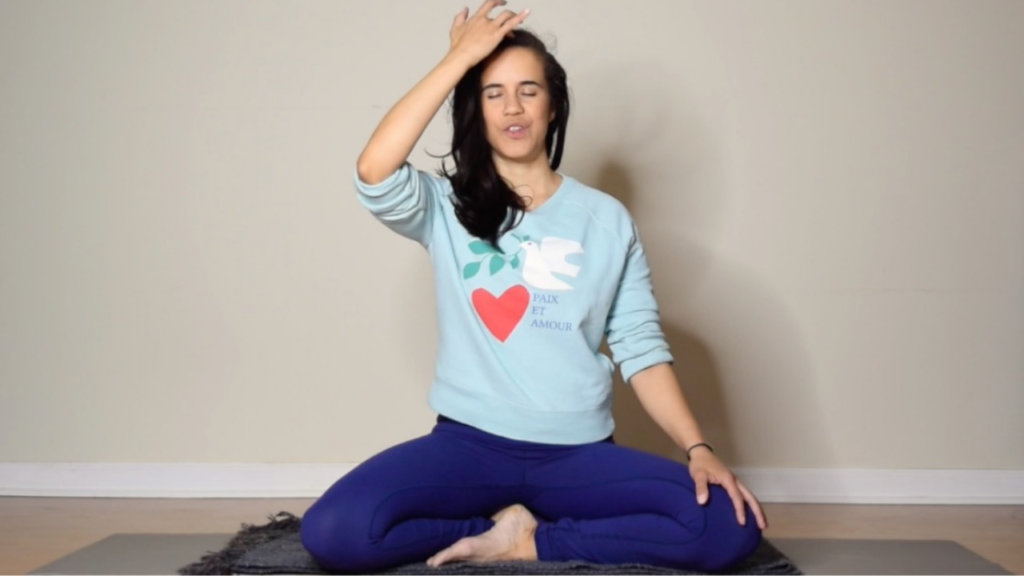
Pratyahara means sense withdrawal, inner observation, or internal awareness.
It’s to experience the senses from the inside, which leads to greater concentration, present moment awareness, and of course, meditation.
Inducing pratyahara can be as simple as closing the eyes, but there are many other practices that are more active and fun.
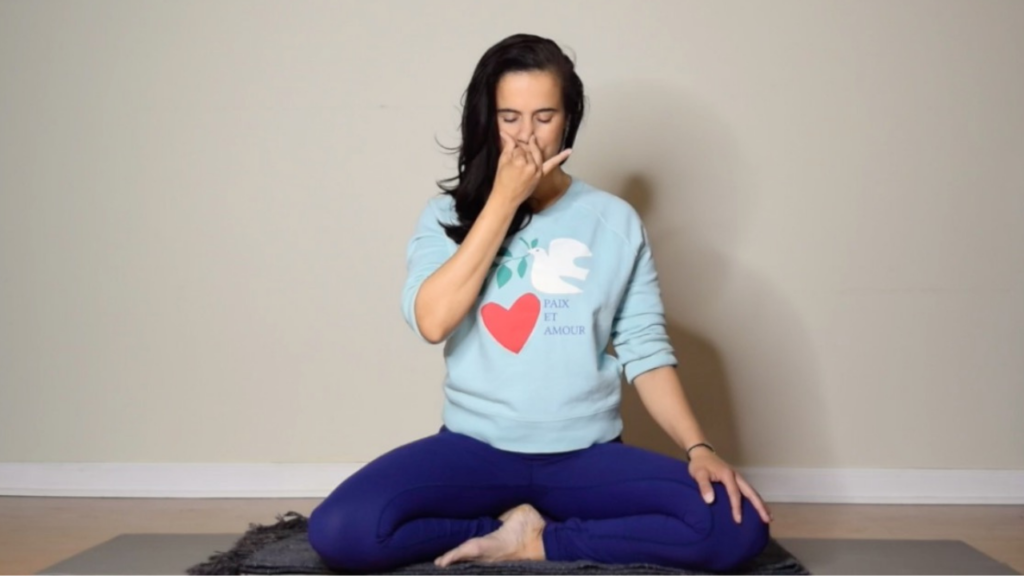
For example, have you ever done floatation therapy?
It’s where you float in a tub of water with your ears covered, your arms spread out, and the lights turned off.
Yep, this is actually a thing and spa centers charge hundreds per session. Hundreds!
Floatation therapy induces deep pratyahara by drawing the senses in.
And you know what? You can get it for FREE!
Yep! All you need is a bathtub (or a pool, lake, or beach) AND to be able to safely float with your ears covered and your eyes closed.
…there’s even a breathing technique that involves floating on water.
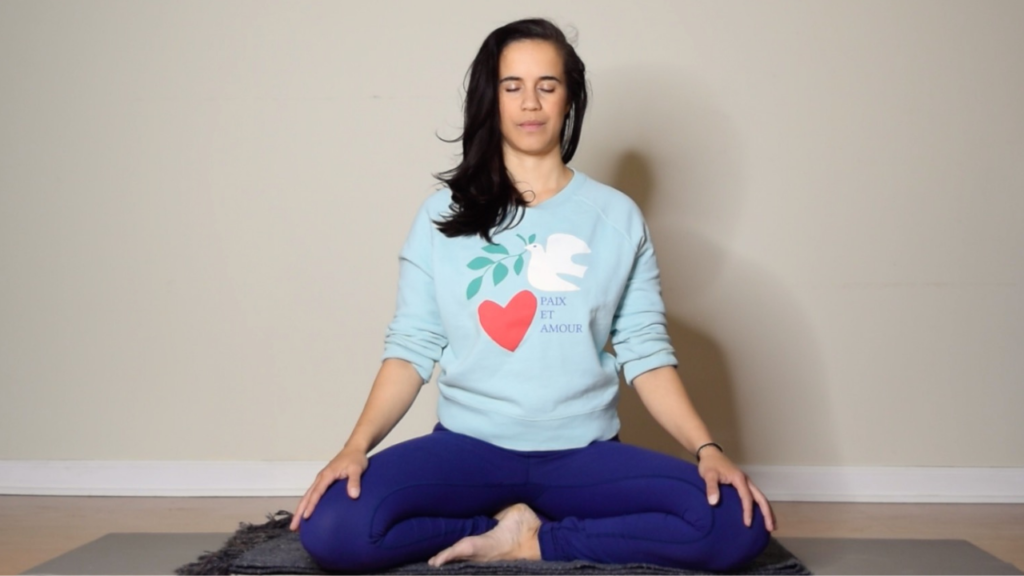
Other ways to withdraw the senses…
- Closing the eyes (have you ever closed your eyes when doing yoga poses? Very calming.
- Listening to sounds with your eyes closed (I do this in Yoga Nidra).
- Breath awareness techniques.
- Internal visualizations
- And a few others
Today’s guided practice is a breath visualization called the figure 8 meditation.
In this practice you visualize the breath in such a way that it forms a figure 8 pattern (see pic below).
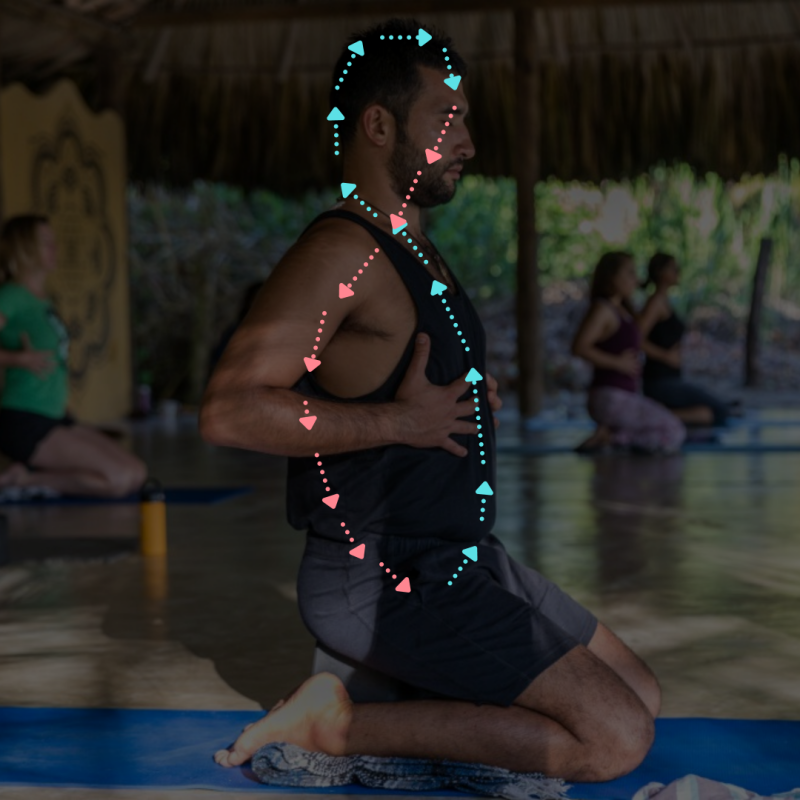
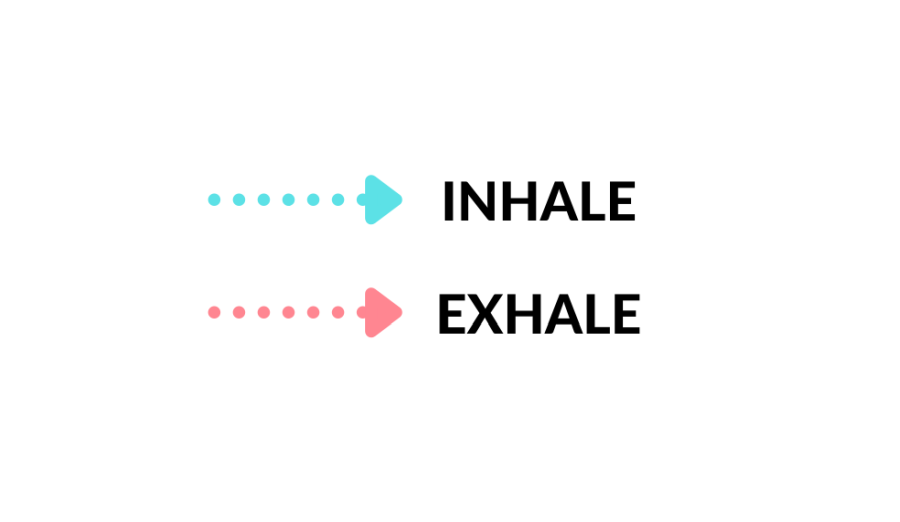
The Technique:
The visualization starts and ends at the root/base of the spine).
On the inhalation, you visualize the breath going up through the front of your torso, up to your sternum, cross at the neck, then pass through the back of your head, top of the head, and ending at the midbrain area (behind the center of your eyebrows).
On the exhalation, you visualize the breath going down through the neck, back of the torso, ending right where you started (base of your spine).
There are other ingredients you can add to the technique, like ujjayi, breath retentions, and bandhas. These are more advanced to explain here but you can certainly add them if you’re comfortable and familiar with them.
I teach them on my workshops, private sessions, and courses, fyi.
Yes, it will take a few rounds before you get into the figure eight flow. But once you’re in, you’re in!
We start with Alternate Nostril Breathing to balance the breath and prepare for meditation.
Then, we move into the figure 8 breathing and finish with simple breath, or silent meditation).
Don’t forget to share and like the video so that YouTube shares it with people who need it.
Coming next week: the stage before you actually make the “hop” into the meditative state. The ONE where you’ll spend the most time on because it’s the ONE that requires the most practice.
See you then!

